If you are fascinated by the Usability (UX) design field and are thinking about becoming a UX designer, this is for you. Keen to discover more about the field of UX design and why it is so rewarding? Through this article, we try to unfold the career path of UX design.
How did UX become a THING?
For ages, humans have sought to optimize their surroundings to maximize user comfort. While the term UX design is ubiquitously used in many industries, let us throw some light on how it all began. One of the notable personalities from the UX field, Don Norman, a cognitive scientist, joined Apple’s team in the early 90s as their User Experience Architect, making him the first person to include UX in his job title. He coined the term “User Experience Design“ to describe “all aspects of a person’s experience with a technology, including industrial design, graphics, the interface, physical interaction, and the manual.” Since then, each of these topics has developed into its own specialization. Companies are increasingly hiring for specific job roles, such as UX researcher or interaction designer, to cover many areas of user experience.
We hope to provide a clear explanation of the following:
What UX is, What it entails, What a UX designer does and How to become UX designer? One of the agendas is also to get you to consider whether this is what you would like to do? Is it your calling? Read on as we discuss UX design and its career path.
What is UX design?
A good conversation, yes that’s what it is. This is one of the simplest one line explanations given by an expert [Teresa Brazen] of what a UX design is. Human interaction with an app, a website, a product or any design solution should feel like a good conversation.
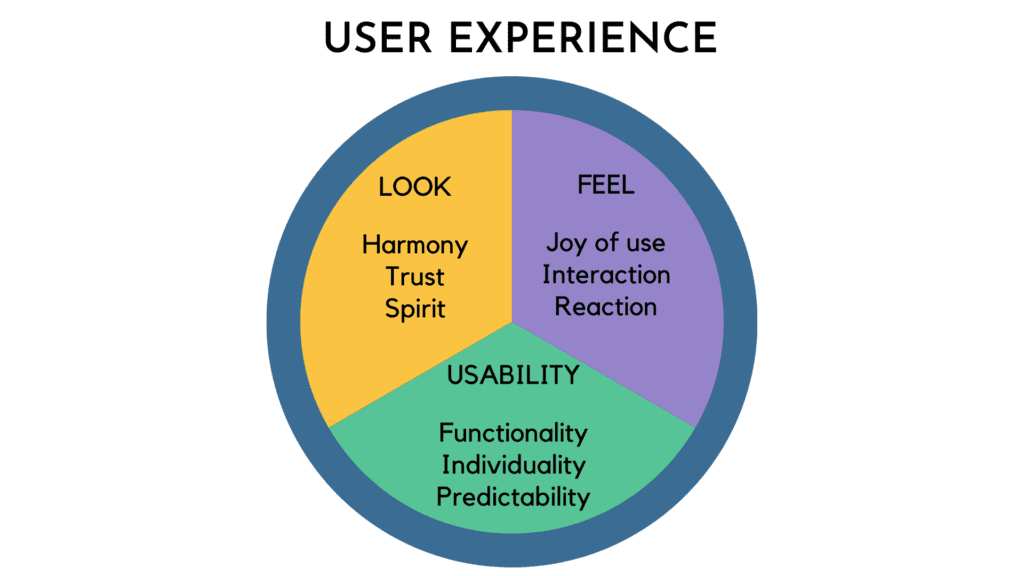
“UX design is about delighting users by anticipating their needs and giving them something they didn’t think to ask for.” – Reed Jones, Sr. User Experience Researcher at Autodesk
Here are some of the recommended introductory resources to help you understand this field.
Difference Between UI and UX
“If you ask a UX Designer and a UI Developer who is the principal designer of the user experience, expect to hear a resounding “I am!” from both of them.” – UX Designer at TSYS, Atlanta, Georgia, USA
The answer brings us to our next question – So how are they different from each other?
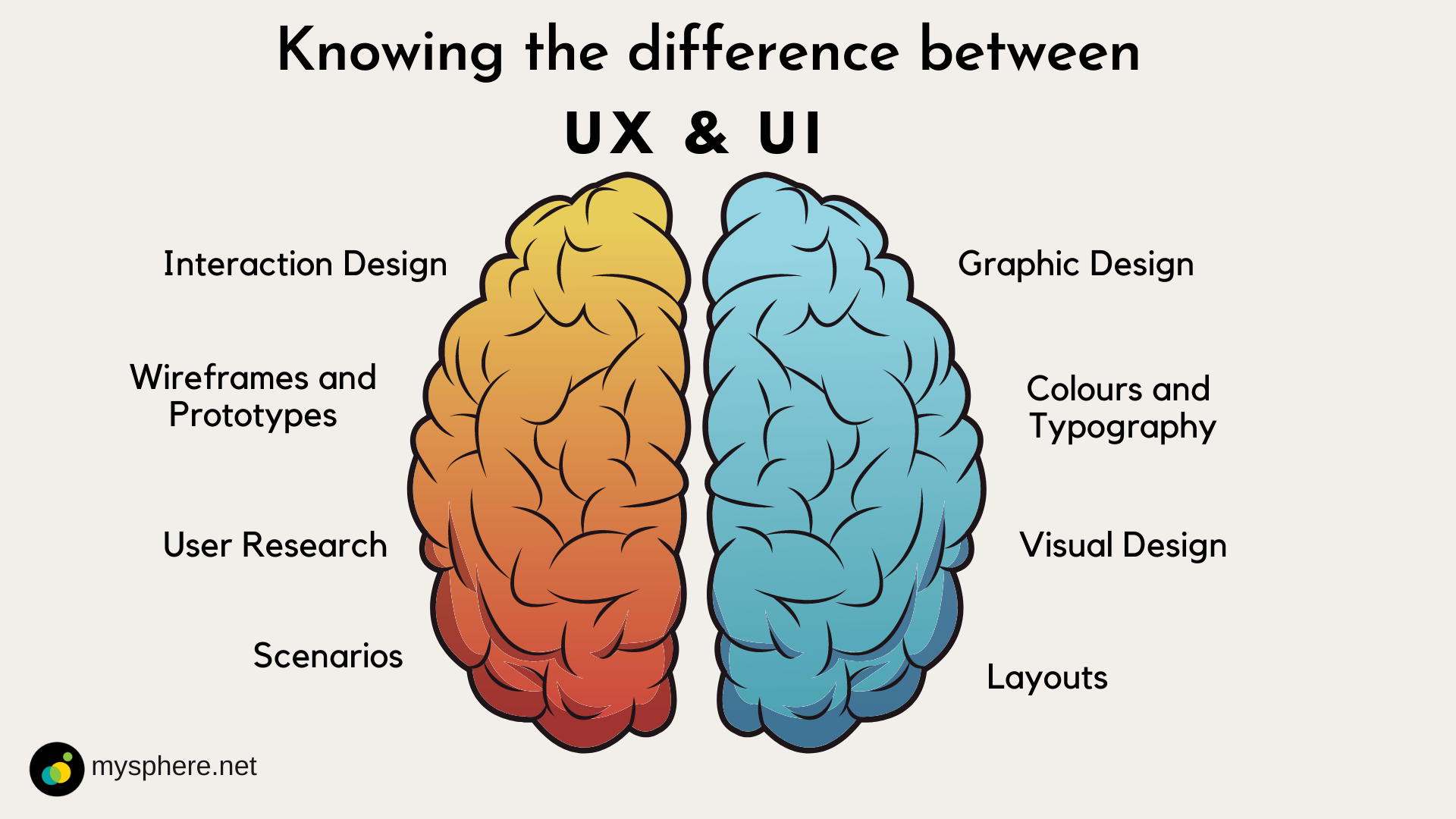
Who is UX Designer?
One who designs the user experience for applications or products after doing user research, producing user-centered design prototypes and user journeys.
Who is UI Developer?
One who builds user interfaces that support exchanging information between users and its back-end processes and databases. A UI Developer’s output is functional, testable, that lets users accomplish their goals when using an application.
What does a UX designer do?
A UX designer ensures the product or a solution is useful by working on navigation, content, and functionality. All of these elements are tied together to create a joyful end result. It is a continuous process of tapping into these questions until the desired outcome is obtained.
- Who is our user?
- Why will they use our solution?
- Where and How will they use it?
- What should we make based on the responses to the above questions by being in the user’s mindset?
While reading all this, if you are wondering what a typical day in a UX designer’s life looks like, click here.
What tools does a UX designer use?
There will always be tools to assist you in getting your work done more efficiently and accurately. Here are a few well-known favorites:
- Figma: a web-based, vector graphic edit and interface design tool
- Adobe XD: a vector-based experience design platform
- Maze: a user-testing platform for user experience prototypes – gathering user feedback from humans
- Sketch: a digital design app for Mac (collaborative)
- InVision: a digital product design platform
- Webflow: a no-code, visual canvas website builder
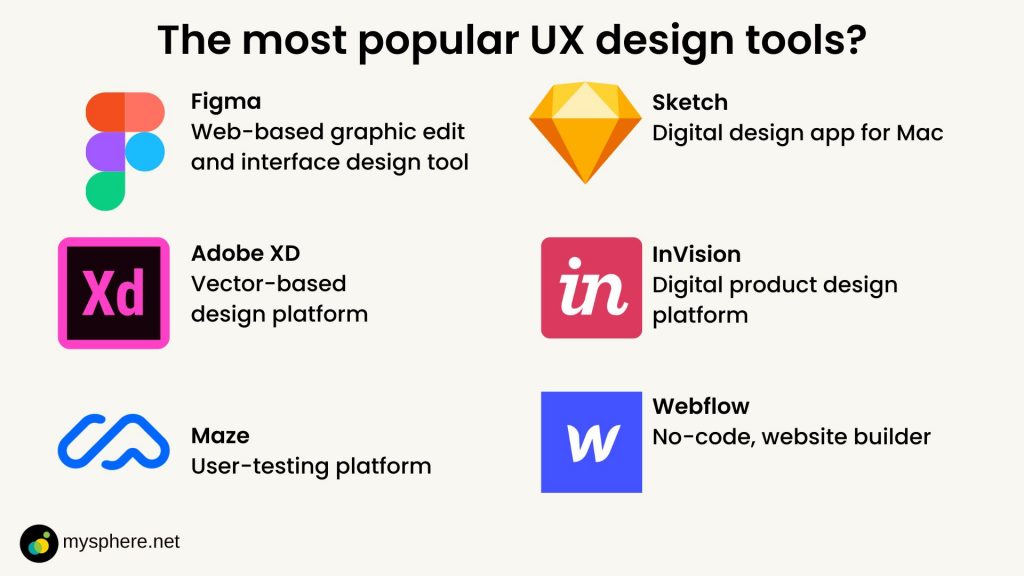
Skill-Set required to become a UX designer
- User research and analysis: Focus on the user-centred approach in product design, requiring excellent research abilities to understand user behaviour and demands.
- Collaboration and communication skills: UX design entails collaboration with the whole product development team, from business stakeholders to the design team. A designer must communicate with other team members to achieve the product’s objectives.
- Visual communication: Because all of the designs are graphic in nature, the job of a UX designer requires exceptional visualization abilities.
- Wireframing and Prototyping: Wireframing and producing product prototypes is another crucial skill. Prototyping ranges from hand-drawn sketches to three-dimensional product models. It aids designers in successfully presenting their ideas.
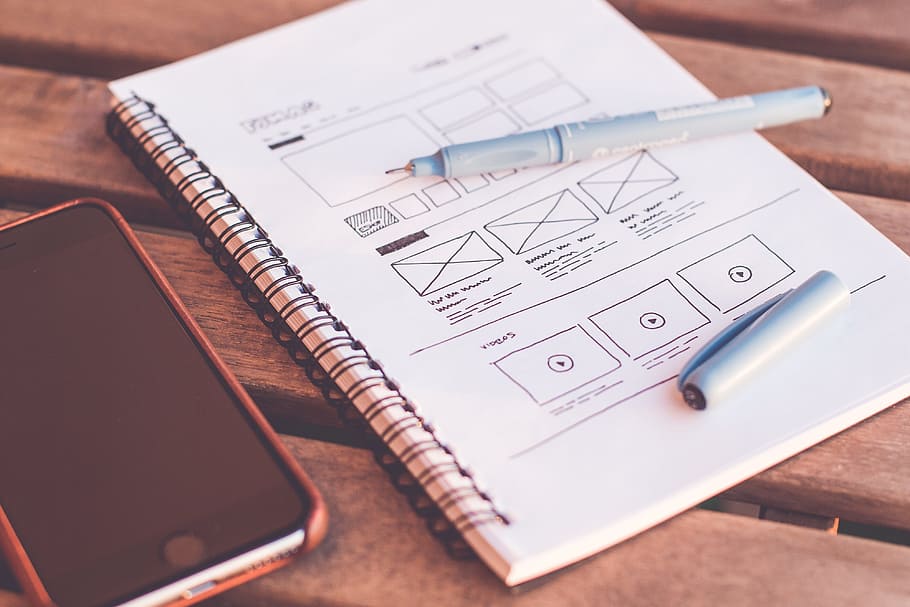
How to become a UX designer?
If you are a school student and want to start early in a Design career, think about learning design thinking skills from design experts and gaining relevant skills!
- At Undergraduate level – UI/UX courses such as B.Des. in User Experience Design/ Communication Design/ UI Design and Development/ Interaction Design/ Visual Communication/ UI and Graphics Design.
- At Postgraduate level – M.Des. in User Experience Design/ Interaction Design, UI UX Design/ or similar courses.
- Degree programs and diploma courses – Some popular diploma courses in UI/ UX are Diploma in Web UI design, Certificate in UX/ UI Design, Post Graduate Diploma in User Experience Design and Development, etc.
Can you do UX designing courses?
- Brush up on UX principles – There are a few design concepts that any UX designer is required to learn and these curated free video courses can help you do just that. It includes topics like information architecture hierarchy, design consistency in branding, and accessibility. There’s a lot more out there, and these are your initial steps into the world of user experience.
- Do a UX design course – Studying UX design at university or via an online course is a great way to start your career. Check out these universities and colleges for UX design courses.
In summary, this part of the post talks about the tutorial mode phase to get into UX design as a career.
Moving ahead, we will discuss transitioning from a tutorial mode to getting into more complex projects and gaining skills that you can eventually apply at your job.
- Take on an internship or UX project – It’s time to test your knowledge. It’s time to make mistakes, fail and learn from them. This level is ideally suited to independent design work or an internship where you will be mentored.
- Build your portfolio – As you take on more design projects and internships, you’ll automatically begin to grow your design portfolio. This is not just a place to keep track of your work, but your CV for future employment. When reviewing your portfolio, keep in mind the hiring manager’s experience. They are looking at your work experience and the whole presentation of your portfolio, which provides further insight into your UX talent and knowledge.
- Connect with UX designers and build your network – Make sure you’re following inspiring user experience designers and prominent brands. They frequently provide articles and important information for UX designers. Also, there are some great design communities out there too; get yourself registered to a UX association and communities.
Navigating through the questions and the uncertainty of starting on a new path can become difficult. What can you do now to get a holistic view of this field? Take a deep dive into curated resources of UX design career path and be sure to make an informed choice.
UX Design Career FAQ’s
Q. Do I need to learn any programming languages to become a UX designer?
A. The short answer is no. You can get into UX design without learning to code. However, it is useful to have some knowledge of at least some HTML and CSS.
Q. What does the job market for UX designers look like?
A. The top 3 digital skills currently are UI/UX, Digital Marketing and Data Science. Glassdoor added UX design jobs to their list – best 50 jobs to have in 2021. So to answer this question, opportunities are plenty in various fields.
Q. Is UX design skill highly sought after in the freelance market?
A. Yes, definitely. The freelance market for UI/UX designers is in demand more than ever as we move to the online era, be it the e-experience of any service.
Q. Apart from being employed and freelance work, how will the skills gained for UX design help me?
A. The skills learned in becoming a UX designer are of value in various other scenarios as well. Be it starting your own business, building your product or designing solutions. Because you have learned to think about user experience, any project you are working on, you will definitely leverage the skills.
Q. Is UX design an Art subject?
A. Done by numbers as well as feelings, it is both science and art. Scientific tools and human creativity and imagination are needed to understand users.
Q. Does having knowledge of human psychology help in UX design?
A. Yes! Understanding why you should design an interface a certain way by keeping human behaviour in mind is of great importance. During your college years or internships, try to get at least some exposure to human behaviour courses.
Q. Which college majors can be considered for a UX design career path?
A. Psychology, computer science, design, information (science/systems)
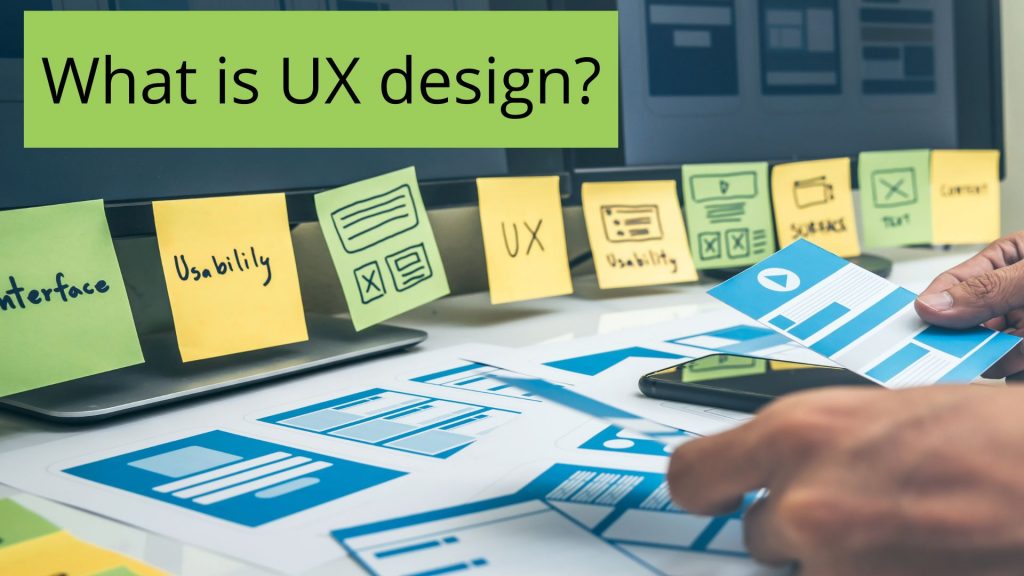
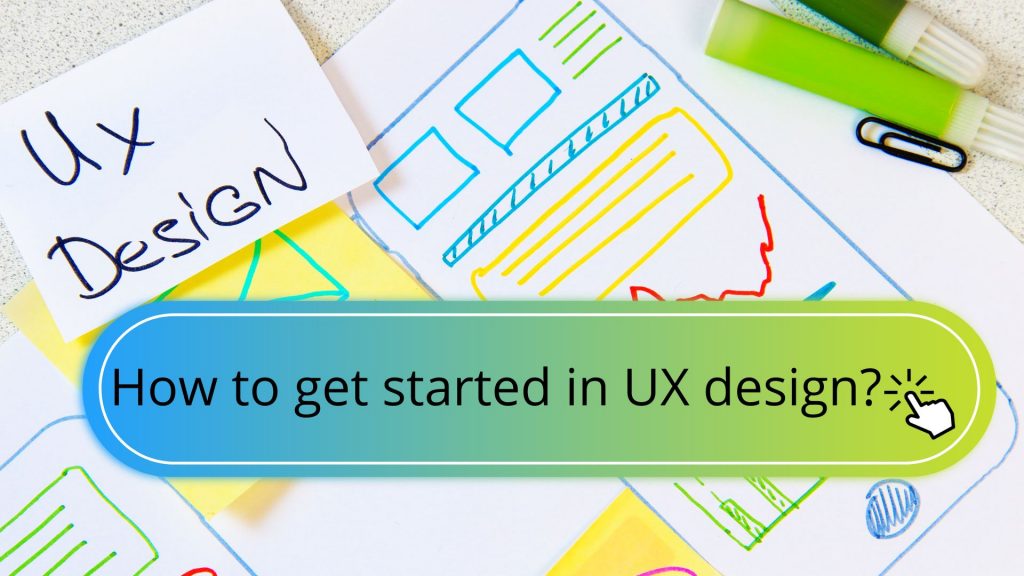
[…] Related article UX Design: Career Path For A System That Touches Upon Everything […]